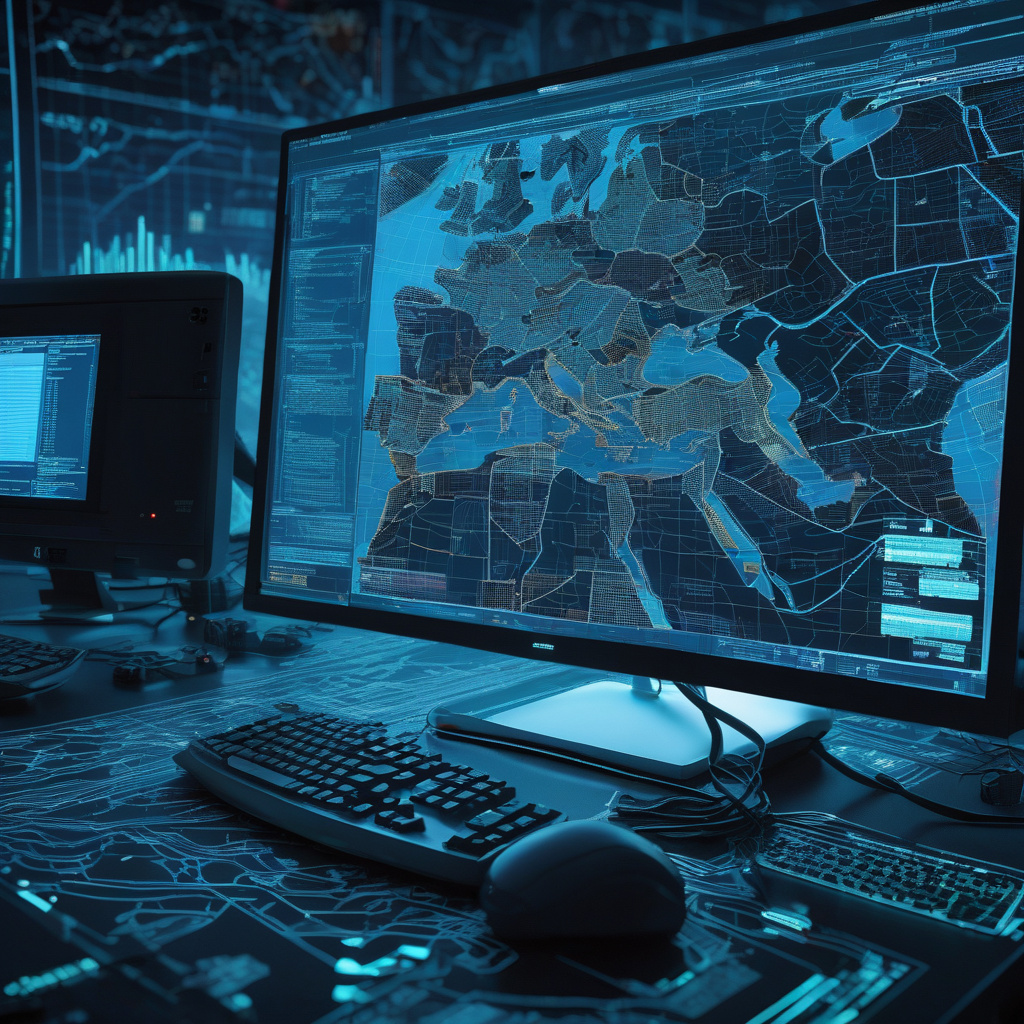Geopolitical Hacktivism: A Growing Threat to National Infrastructure
In the midst of escalating tensions between Iran and Israel, a concerning trend has emerged in the digital realm: hacktivist attacks. These cyber assaults, carried out by individuals or groups with political motivations, have surged in recent months, raising alarms among experts about the potential risks they pose to critical national infrastructure. As geopolitical hacktivism becomes increasingly prevalent, the need for coordinated strategic cyber defenses has never been more urgent.
Hacktivism, a portmanteau of “hacking” and “activism,” involves using cyber attacks to promote a political or social agenda. While hacktivism is not a new phenomenon, its recent spike in the context of geopolitical tensions is particularly worrisome. In the case of Iran and Israel, hacktivist attacks have targeted a range of digital assets, including government websites, financial systems, and even industrial control systems.
Experts warn that these attacks have the potential to cause widespread disruption and damage. By targeting critical infrastructure such as power grids, transportation systems, and communication networks, hacktivists can not only undermine the functioning of a country but also jeopardize the safety and well-being of its citizens. The consequences of a successful hacktivist attack on national infrastructure could be catastrophic, with far-reaching implications for both the digital and physical realms.
In response to this growing threat, experts are calling for coordinated strategic cyber defenses. This involves not only enhancing the cybersecurity measures of individual organizations and government agencies but also fostering collaboration and information sharing at a national and international level. By pooling resources, expertise, and intelligence, countries can better defend against and mitigate the impact of hacktivist attacks.
One example of effective cyber defense against hacktivist threats is the establishment of a national cybersecurity task force. This task force would bring together experts from government, industry, and academia to monitor, analyze, and respond to cyber threats in real-time. By leveraging the collective knowledge and skills of diverse stakeholders, such a task force can proactively identify and neutralize potential hacktivist attacks before they cause harm.
Another crucial aspect of strategic cyber defense is investing in advanced technologies such as artificial intelligence and machine learning. These technologies can help organizations detect unusual patterns and anomalies in their networks, enabling them to identify and thwart hacktivist attacks more effectively. By harnessing the power of AI and machine learning, countries can stay one step ahead of cyber adversaries and protect their critical infrastructure from harm.
In conclusion, the surge in hacktivist attacks amid Iran-Israel tensions underscores the pressing need for coordinated strategic cyber defenses. By recognizing the seriousness of the threat posed by geopolitical hacktivism and taking proactive measures to defend against it, countries can safeguard their national infrastructure and ensure the safety and security of their citizens in an increasingly digital world.
geopolitical, hacktivism, cyberdefense, nationalinfrastructure, cyberthreats
